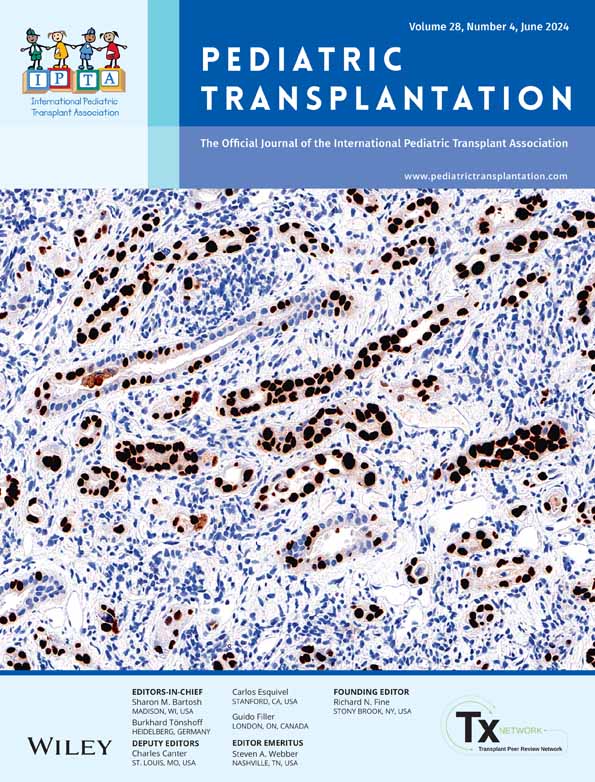The role of donor type and pre-transplant immunosuppression on outcomes of hematopoietic stem cell transplantation in children and young adults with severe aplastic anemia
Abstract
Background
The goal of this study was to assess the effect of donor type and pre-transplant immunotherapy (IST) on outcomes of hematopoietic stem cell transplantation (HSCT) for children and young adults with severe aplastic anemia (SAA).
Methods
This retrospective, multi-center study included 52 SAA patients, treated in 5 pediatric transplant programs in Florida, who received HSCT between 2010 and 2020 as the first- or second-line treatment.
Results
The median age at HSCT for all 52 patients was 15 years (range 1–25). The 3-year overall survival (OS) by donor type were as follows: 95% [95% CI 85.4–99] for matched related donors (MRD) (N = 24), 84% [95% CI 63.5–99] for haploidentical (N = 13), and 71% [95% CI 36–99] for matched unrelated donors (MUD) (N = 7). The 3-year OS was 81% [95% CI 69.7-99] for all patients, 90.5% [95% CI 79.5-99] for non-IST patients (N = 27), and 70% [95% CI 51–99] for IST patients (N = 24) (log-rank p = .04). Survival of haploidentical HSCT (haplo-HSCT) recipients with post-transplant cyclophosphamide (PTCy) (N = 13) was excellent for both groups: 100% for non-IST patients (N = 3) and 80% for IST patients (N = 10). The 3-year OS for patients with previous IST by donor type in groups where >5 patients were available was 78.8% [95% CI 52.3–99] for haplo-HSCT (N = 10) and 66.7% [95% CI 28.7–99] for MUD (N = 6). Although it appears that patients receiving HSCT ≥6 months after the start of IST had worse survival, the number of patients in each category was small and log-rank was not significant(p = .65).
Conclusions
Patients receiving MUD and haplo-HSCT with PTCy had similar outcomes, suggesting that haplo-HSCT with PTCy could be included in randomized trials of upfront IST versus alternative donor HSCT.
CONFLICT OF INTEREST STATEMENT
The authors have no conflicts of interest to disclose. This work has not been published previously and is not under consideration for publication elsewhere. Its publication is approved by all authors and tacitly or explicitly by the responsible authorities where the work was carried out. If accepted, it will not be published elsewhere in the same form, in English or in any other language, including electronically without the written consent of the copyright-holder.
Open Research
DATA AVAILABILITY STATEMENT
Data available upon reasonable request to the authors.




